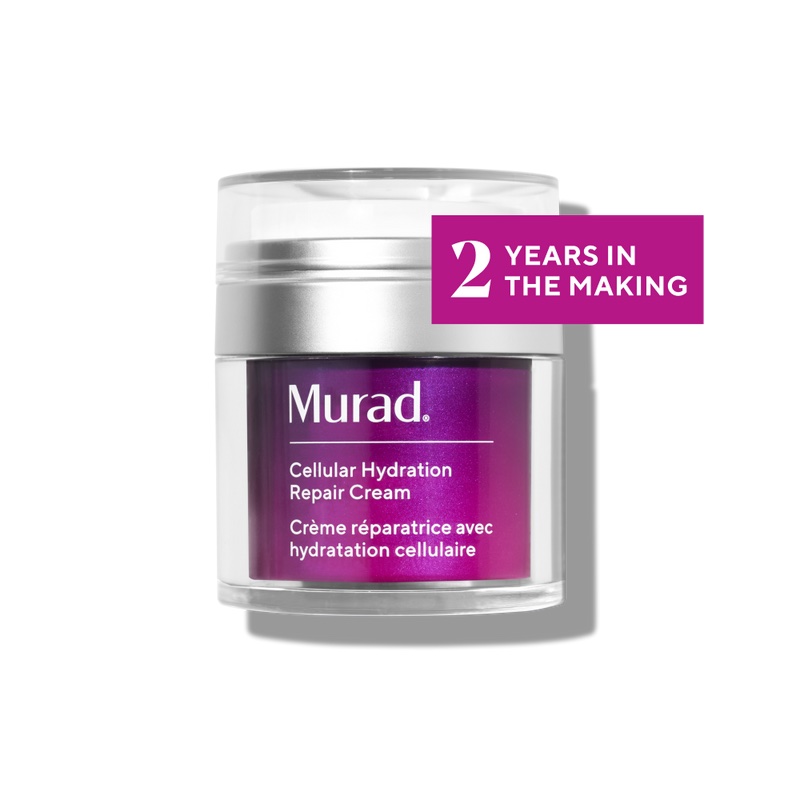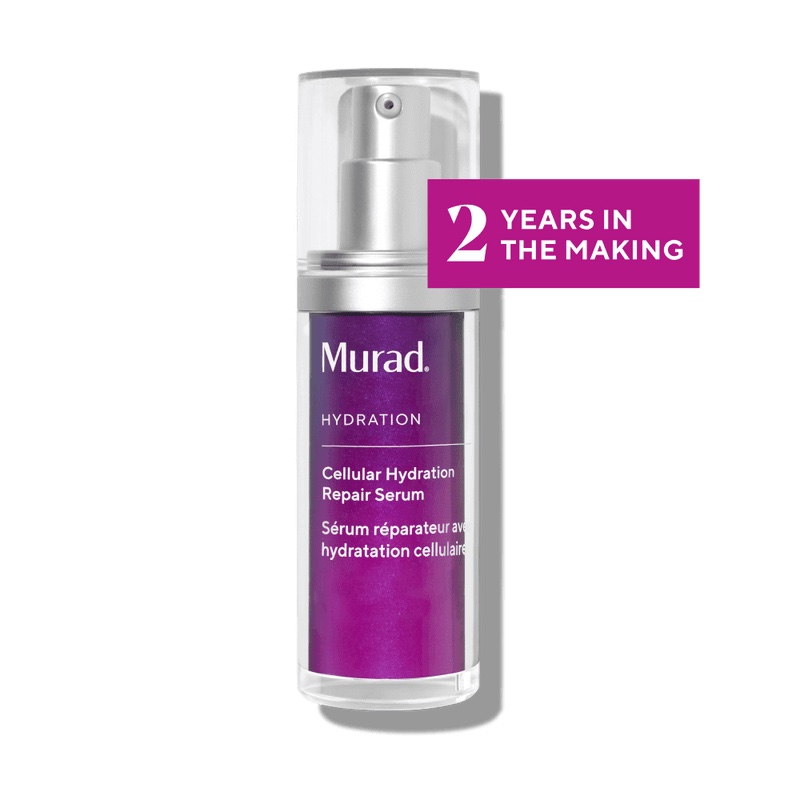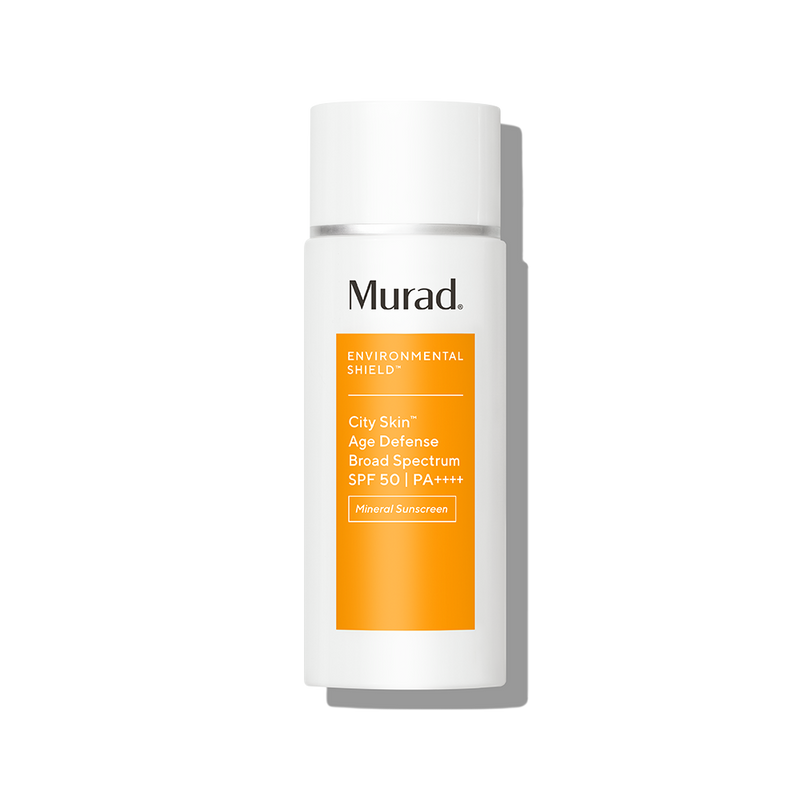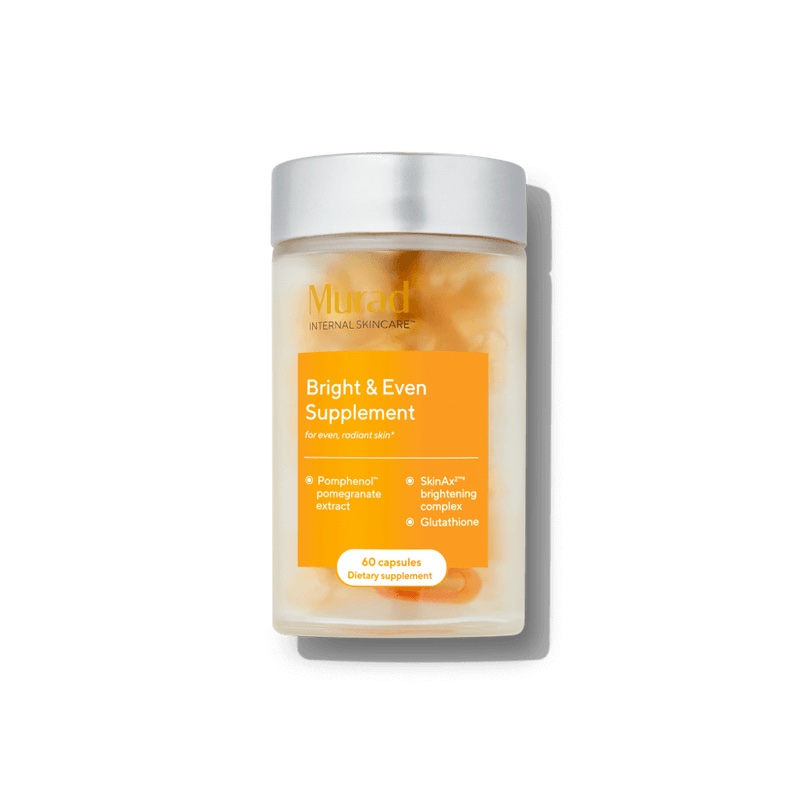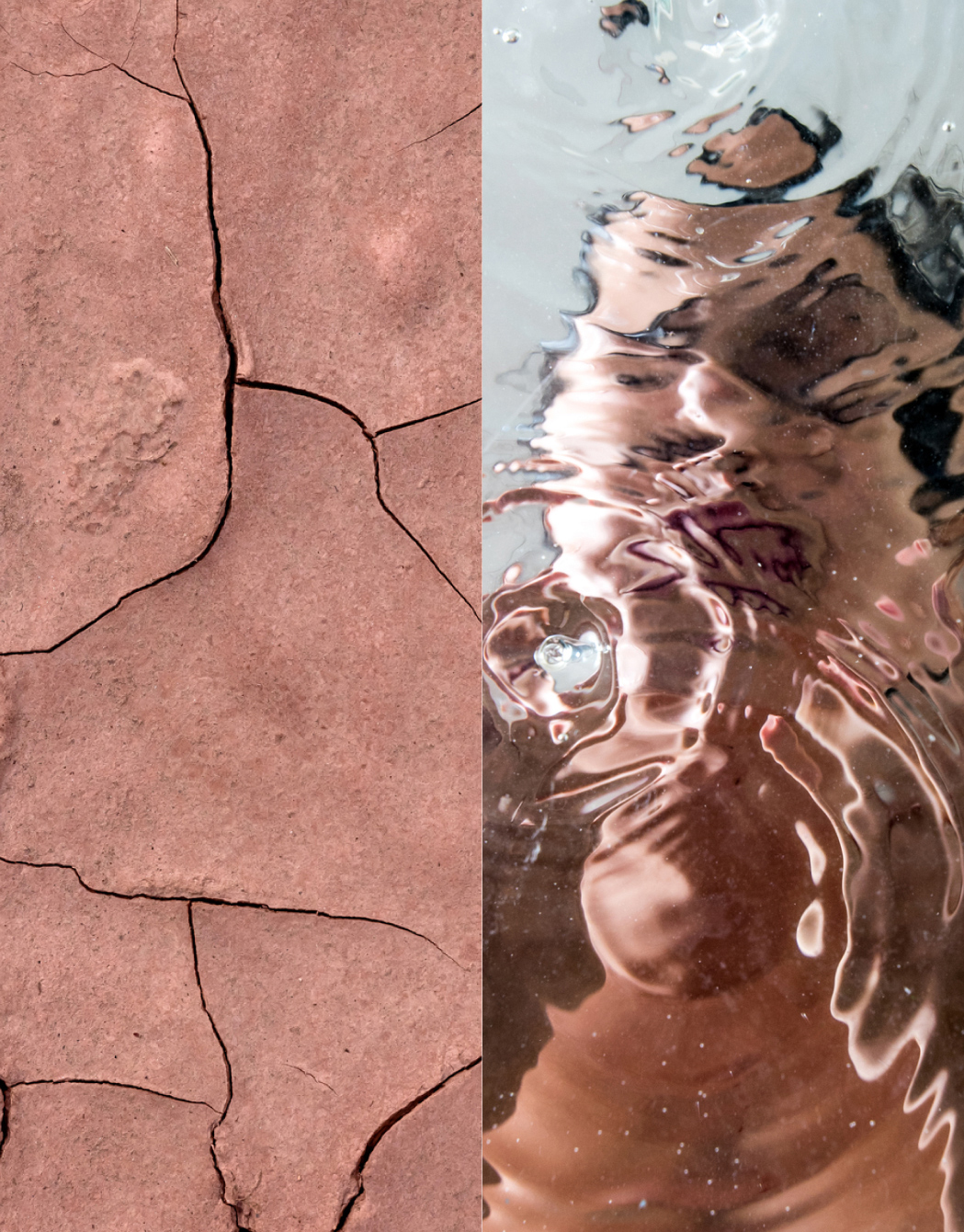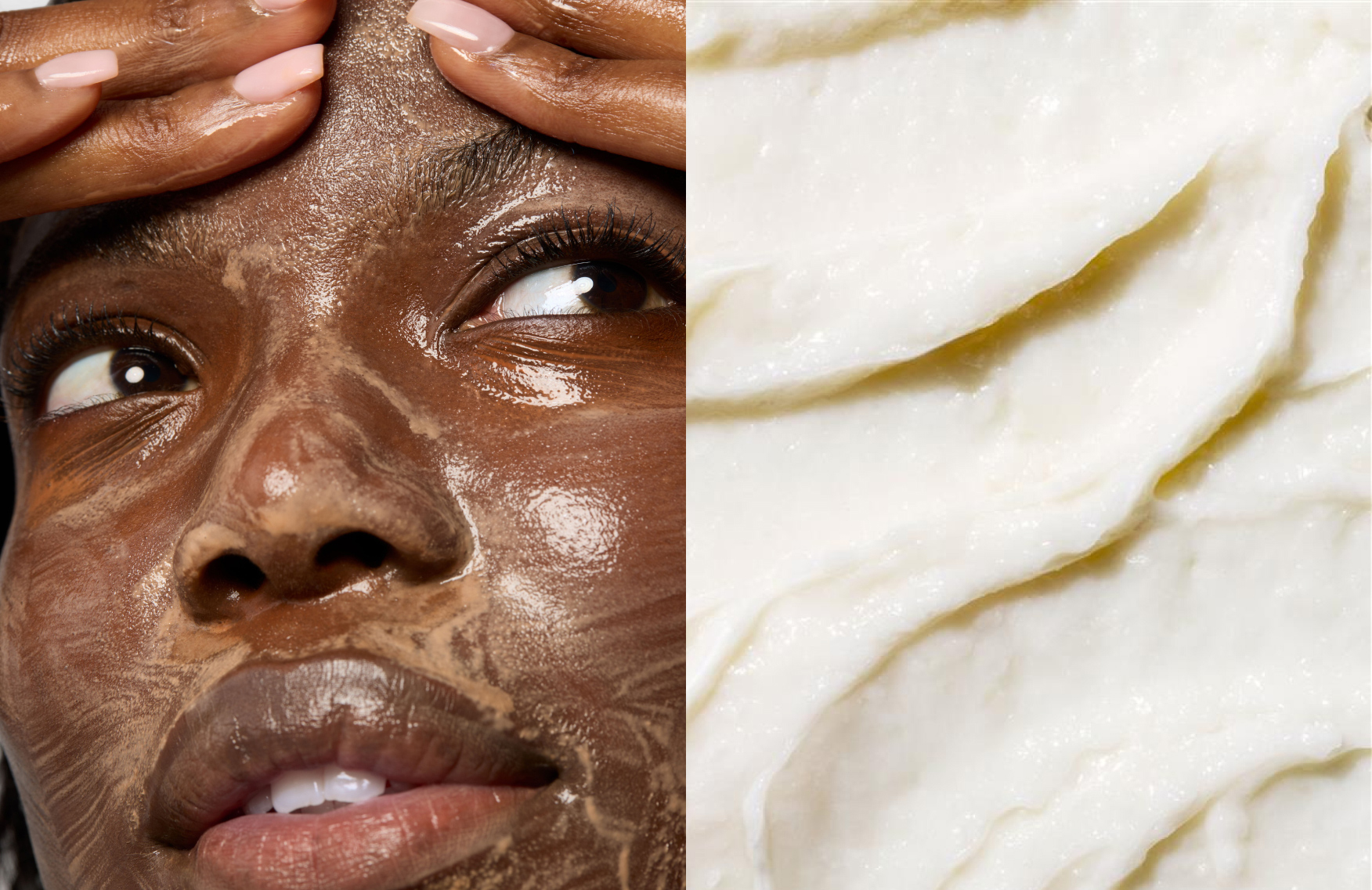Innovation alert: These are the best new skincare trends to look out for in 2025

If you’re keeping tabs on the happenings of the beauty industry, you’ll know that it’s constantly introducing consumers to new innovations when it comes to ingredients — whether it be snail mucin on TikTok or the viral salmon sperm facial à la Kim Kardashian. What’s to come in 2025? We tapped three experts to learn what beauty ingredients and trends we should keep our eyes peeled for in the new year.
AI-driven beauty
In 2025, we’re likely to see AI being used to enhance product development in the skincare space. According to Wayne Liu, Chief Growth Officer and US President of Perfect Corp, a company creating AI and AR technology specifically for the beauty and fashion space, AI can help optimize product formulations by analyzing ingredient efficacy, compatibility, as well as consumer trends and data. “This includes using machine learning to predict how different ingredients interact with and impact various skin types,” he says. “AI will be used to provide personalized product recommendations based on individual skin needs and preferences,” Liu adds.
And for brands, offering personalized products gives them a competitive edge in an industry that often feels inundated with formulas. “Instead of being flooded with endless options, consumers want a buyer’s journey that caters to their specific needs — AI can provide brands with the data and insights they need in order to meet customer expectations when it comes to product development,” Liu says. At the same time, consumers will get to enjoy a more simplified shopping experience.
Biotech ingredients
You may have heard the term “biotech ingredients” floating around recently, and according to Dr. Neil Fawkes, Chief Medical Officer at Vyvve, they’re set to play a crucial role in the future of skincare. A crossover between science and beauty, biotech ingredients refers to compounds created or modified through biotechnological processes, often involving living organisms like bacteria, yeast or algae, Fawkes says. “These bio-engineered ingredients are designed to replicate or enhance the beneficial properties of natural substances, providing targeted skincare benefits such as hydration, anti-aging and protection against environmental stressors.” Some common examples of biotech ingredients in skincare include hyaluronic acid, peptides, ferulic acid, and squalane.
Here’s how it works, as explained by Fawkes: The process begins with identifying a beneficial compound, such as a protein or enzyme, and then using biotechnology techniques like fermentation, genetic engineering, or bio-synthesis to produce it. For example, bacteria or yeast might be genetically modified to produce a specific ingredient, which is then harvested and purified for use in skincare products.
Why would someone want to choose biotech ingredients over traditional skincare ingredients found in nature? Fawkes says that this method of bioengineering allows for precise control over the purity and concentration of the ingredient, ensuring consistency and effectiveness. They can also be more environmentally-friendly, too. “Many people don’t realize that some ‘natural’ skincare ingredients are actually sourced through resource-intensive extraction processes that are not environmentally friendly,” says Fawkes. “Biotech skincare ingredients, on the other hand, are produced in controlled environments, such as laboratories, so they minimize land use, water consumption, and deforestation.”
Exosomes
For those who partake in cosmetic treatments such as radiofrequency microneedling or lasers, using exosomes as a post-procedure topical may help enhance results and speed up healing. “Exosomes are extracellular vesicles responsible for cell to cell communication and for facilitating the exchange of important proteins between cells,” explains Chris Bustamante, DNP, NP-C, aesthetic nurse practitioner and founder of Lushful Aesthetics. Exosomes are harvested from stem cells, and while each company or manufacturer will have a different kind of stem cell their exosomes are derived from, Bustamente says the most popular are fat stem cells and umbilical stem cells.
Popular cosmetic treatments that strategically “damage” the upper layer of skin to produce collagen (like microneedling) can come with swelling, redness and flaking, but being that exosomes optimize cell to cell communication and the upper layer of skin is exposing more channels for the exosomes to properly penetrate the skin, this can optimize wound healing and collagen induction, notes Bustamente. “We’re seeing patients heal from laser treatments faster and achieve better results when exosomes are added on topically,” he adds.
The views expressed in this article do not necessarily represent the views of Murad, and are for informational purposes only, even if the advice of physicians and medical practitioners are included. This article is not a substitute for professional medical advice, diagnosis or treatment, and should not be considered specific medical advice.
